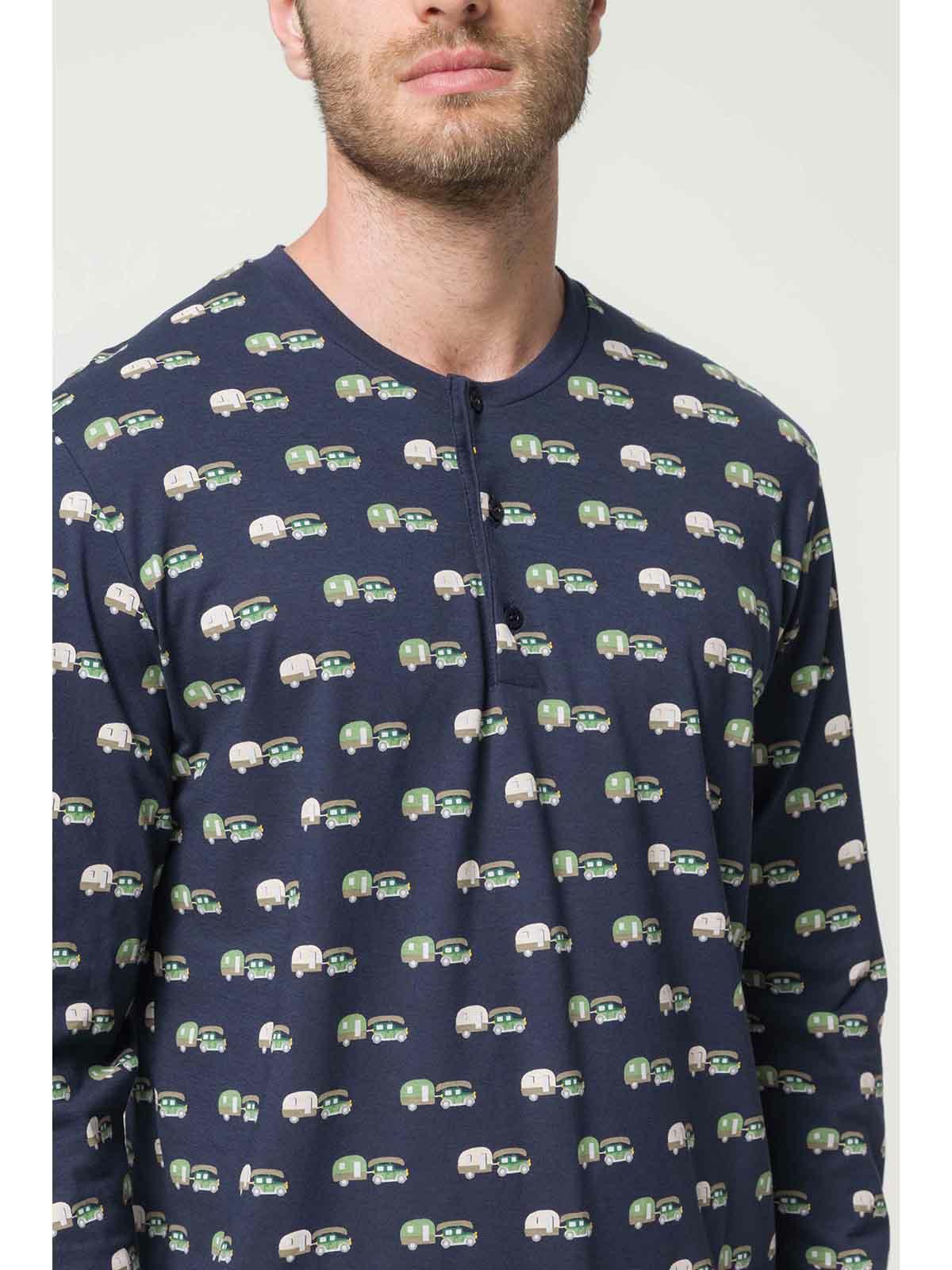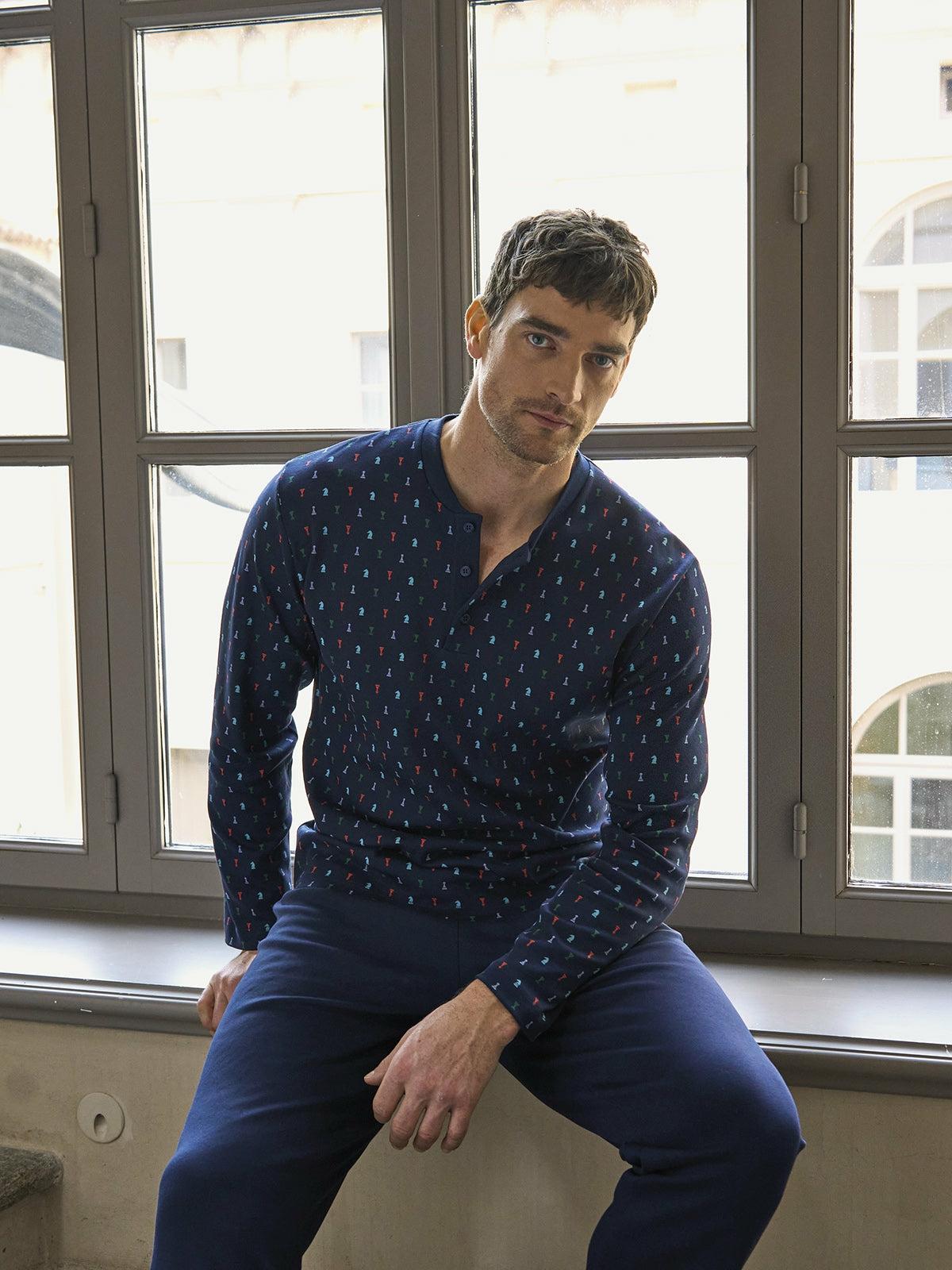Gli Ultimi Prodotti
-
In offerta!

Pigiami Lunghi Uomo | Pigiama Cardigan In Caldo Interlock Di Puro Cotone | Julipet
€ 185.64€ 76.44 Scegli -
In offerta!

Parigamba Uomo | Parigamba In Jersey Di Cotone Elasticizzato Taglio Moderno E Confortevole | Julipet
€ 65.52€ 26.39 Scegli -
In offerta!

Slip Uomo | Slip In Jersey Di Cotone Elasticizzato Bipack Blu | Julipet
€ 60.33€ 34.58 Scegli -
In offerta!
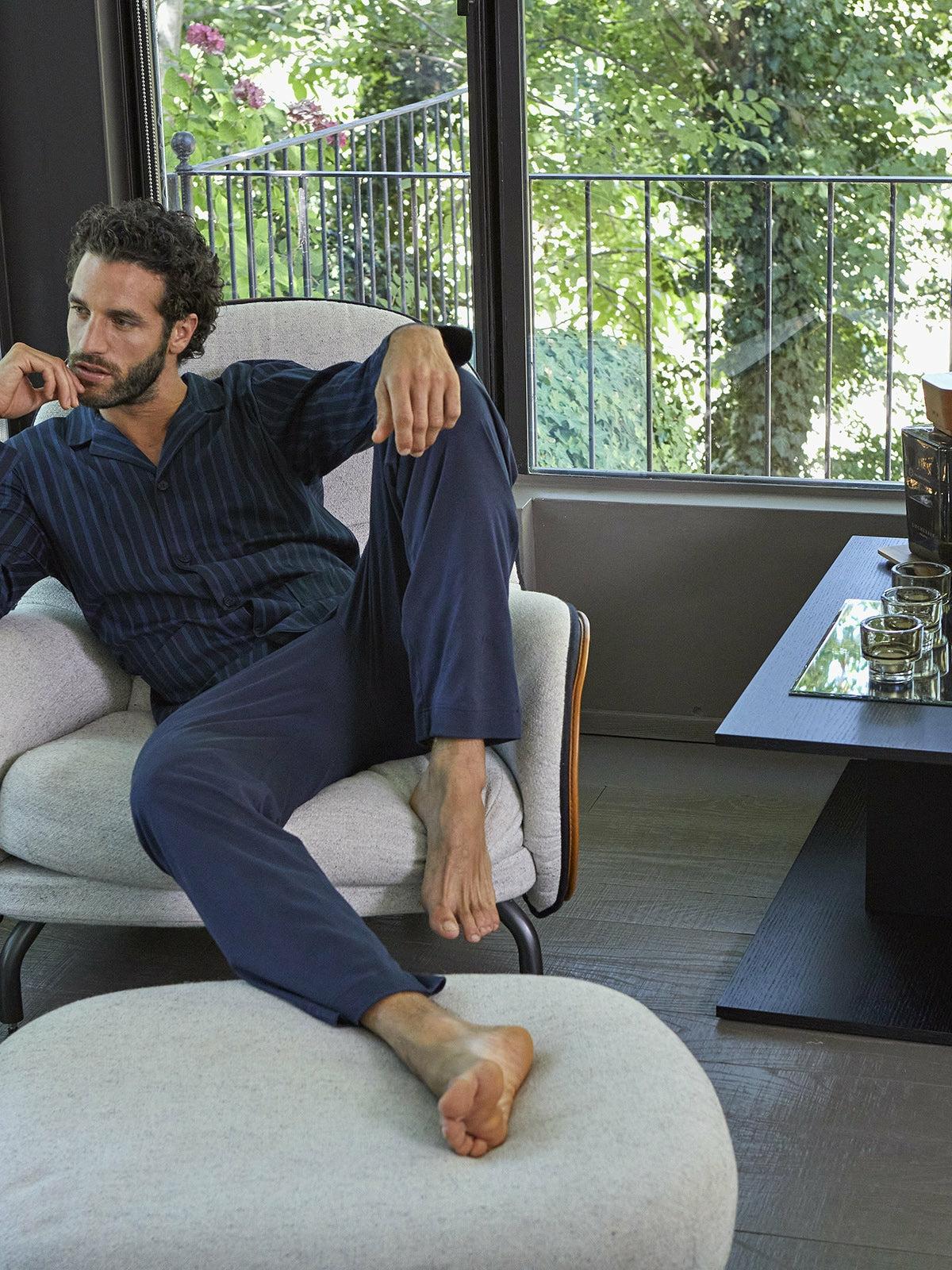
Abbigliamento Uomo | Pigiama In Morbido Interlock Di Puro Cotone | Julipet
€ 116.03€ 76.44 Scegli
Prodotti Calda
-
In offerta!
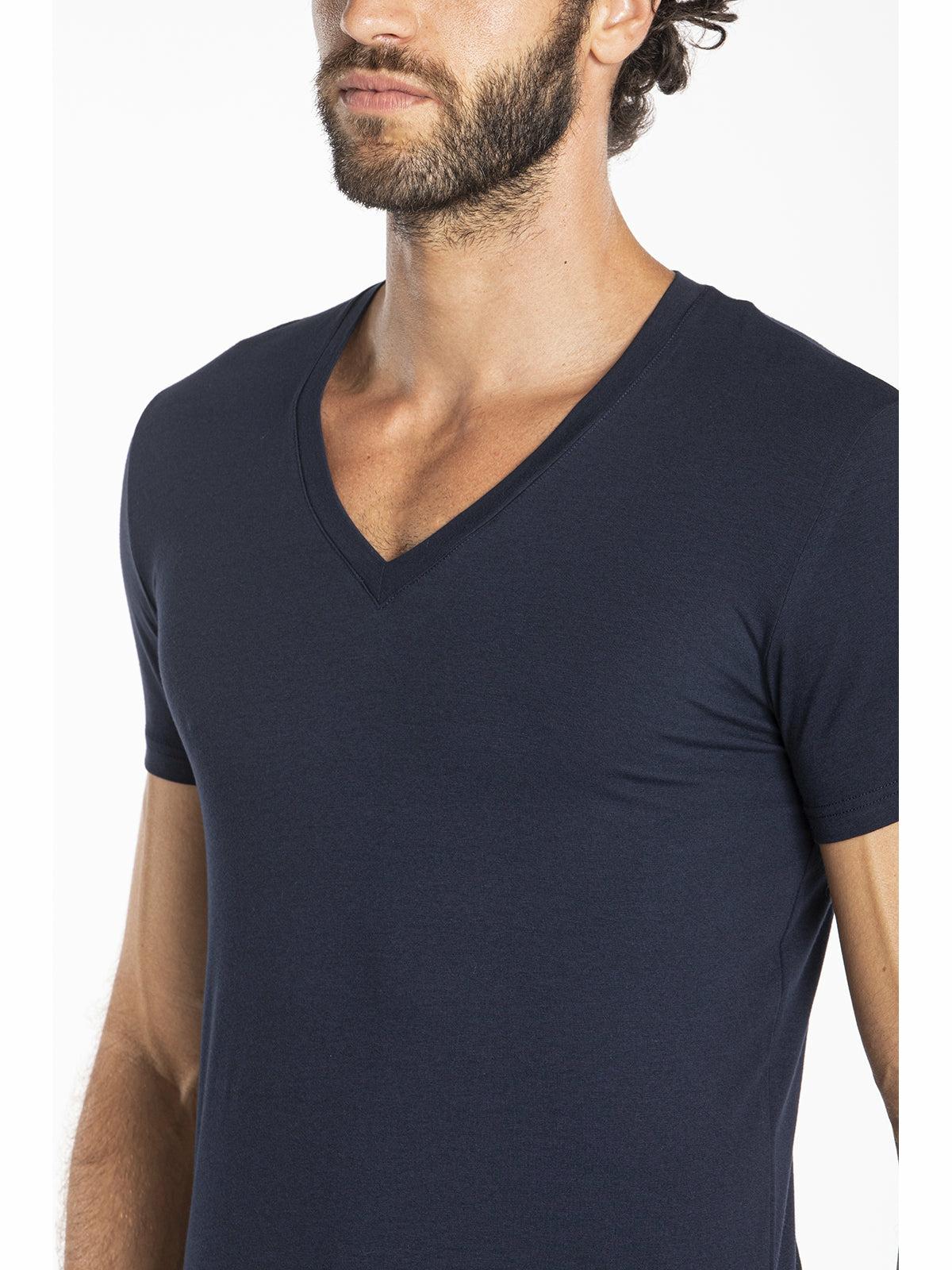
Magliette Uomo | Maglietta Scollo A V In Jersey Di Cotone Elasticizzato Blu | Julipet
€ 93.28€ 36.40 Scegli -
In offerta!

Abbigliamento Uomo | Boxer Mare In Leggera Tela Di Microfibra | Julipet
€ 146.15€ 65.52 Scegli -
In offerta!

Abbigliamento Uomo | Pigiama In Interlock Di Misto Cotone | Julipet
€ 162.44€ 76.44 Scegli -
In offerta!
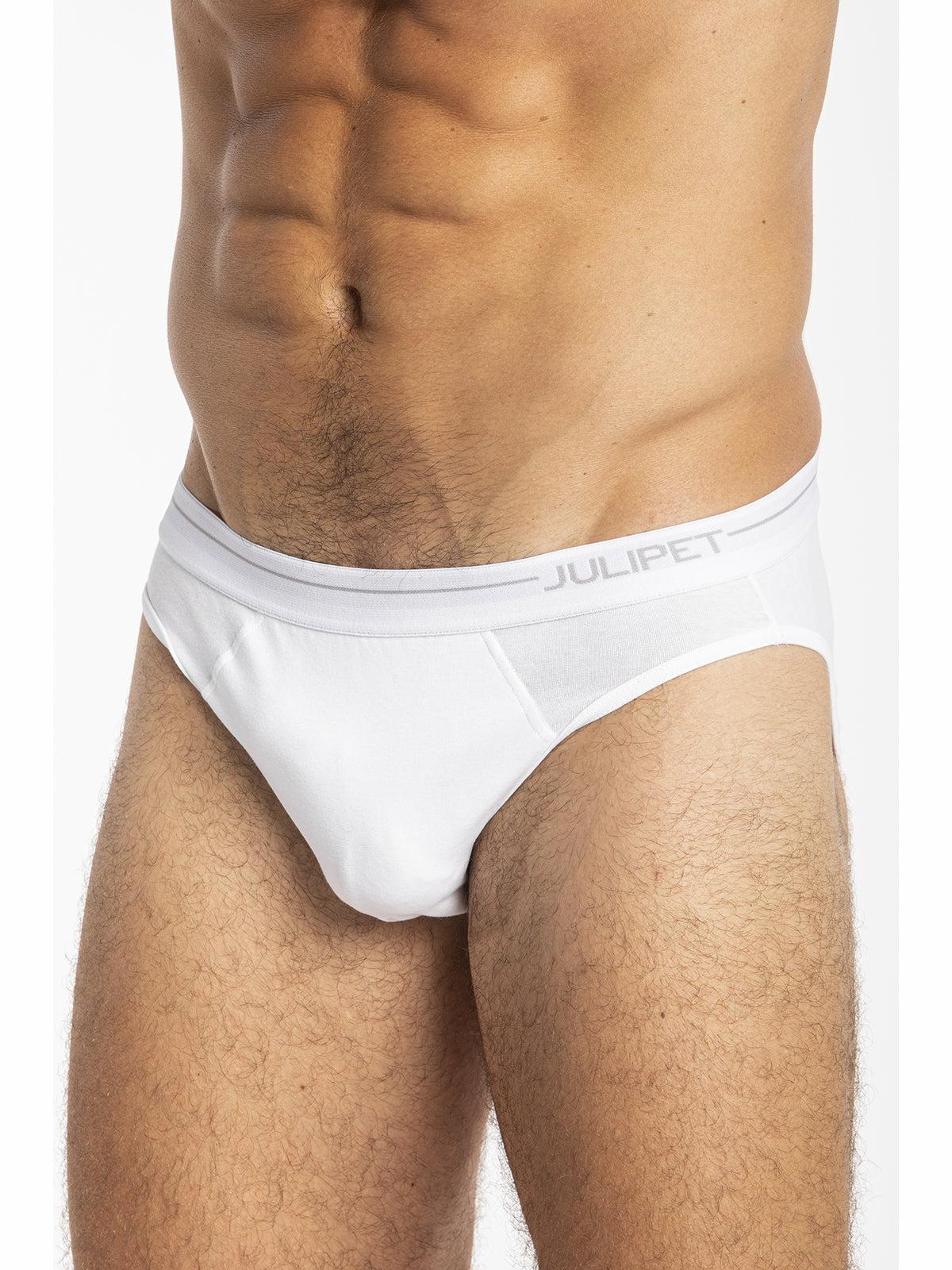
Slip Uomo | Slip Mini In Jersey Di Cotone Elasticizzato Taglio Moderno E Confortevole | Julipet
€ 55.42€ 25.48 Scegli















